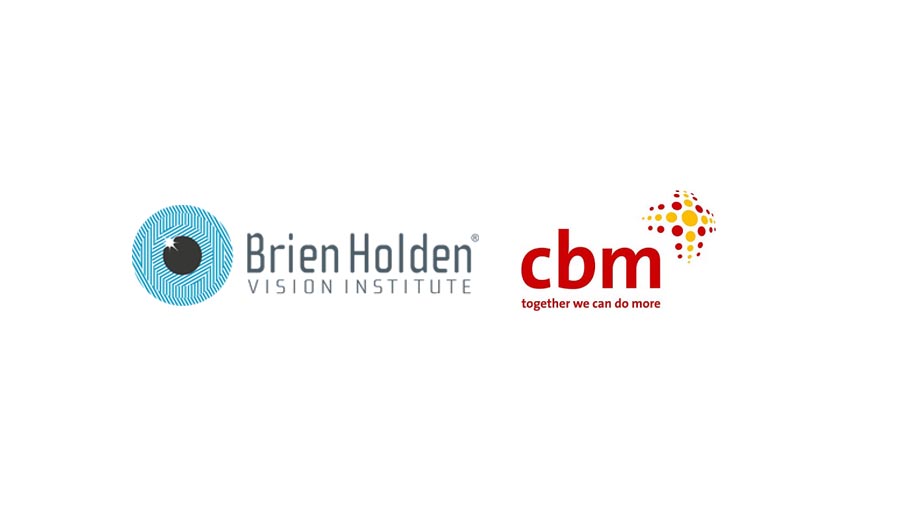Join a powerful, unprecedented alliance for better eye health for all.
Join IAPB-
Choose an alternate language here

Whilst there is not a great deal of national research into childhood visual impairment in Nigeria, studies have highlighted important causes of childhood blindness in certain locations within the country. In the North, for example, a study documented that 58.6% of the blind children were blind due to avoidable causes, 38.4% were preventable and 19.2% treatable. In many of these studies, the leading causes of blindness in children are cataract, cornea scaring resulting from trachoma, measles, Vitamin A deficiency, eye injuries, neonatal infections and harmful traditional practices. Many of these causes are preventable and treatable. It is expected that in the targeted states the programme will be able to cover around 80% of estimated number of children needing surgeries, 17% of estimated number of children needing spectacles and 28% of estimated number of children’s low vision needs.
The project aims to carry out the following objectives: